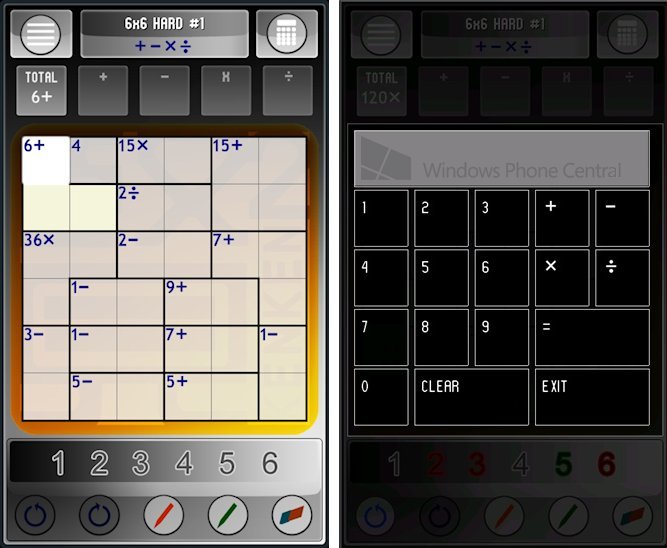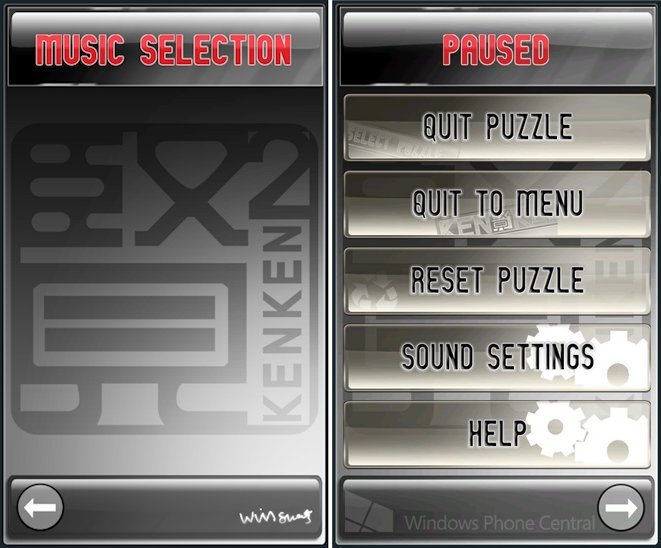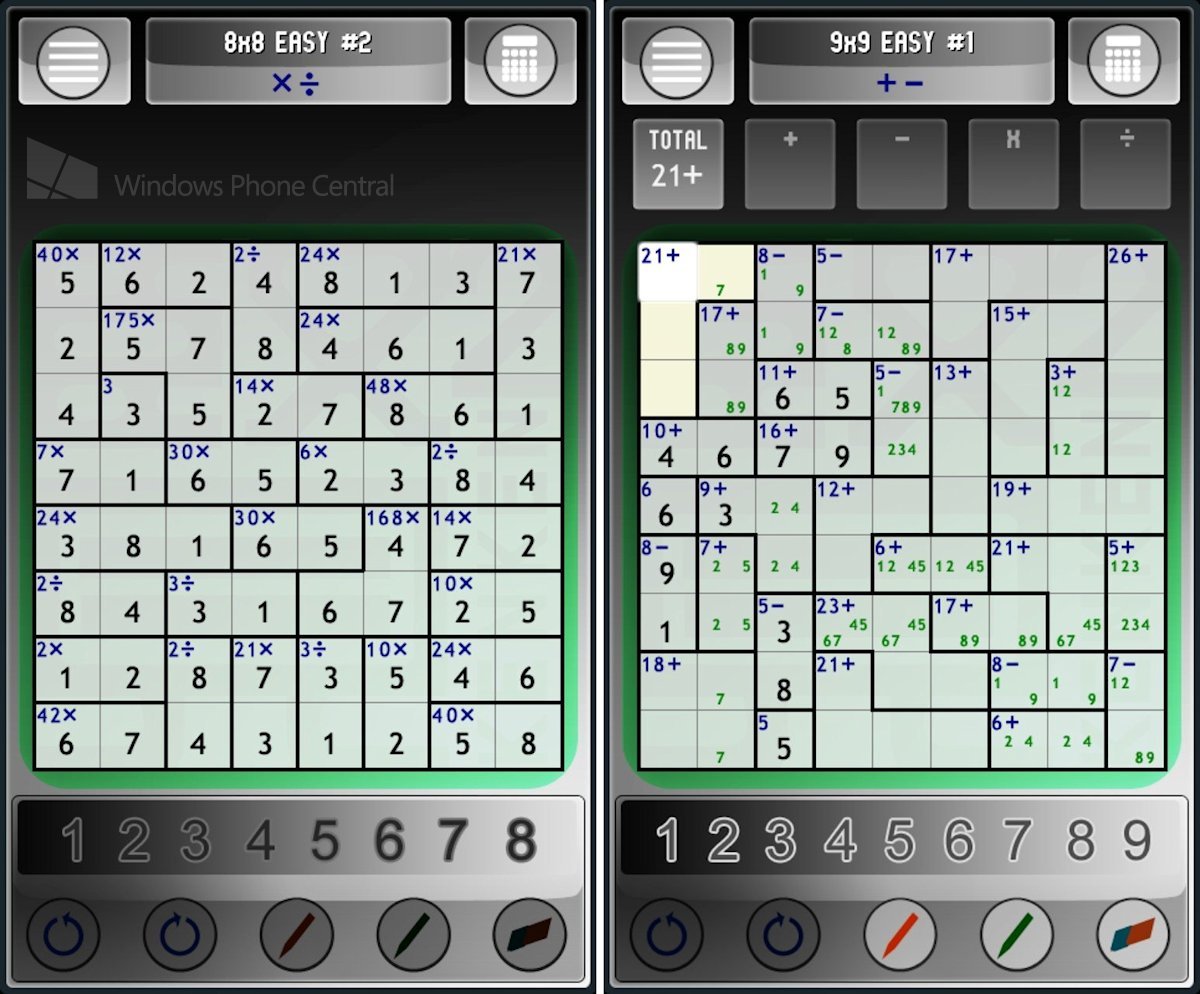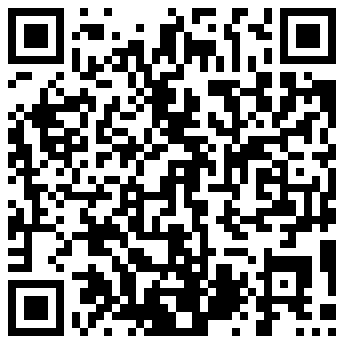KenKen for Windows Phone 7: Like Street Fighter for your brain
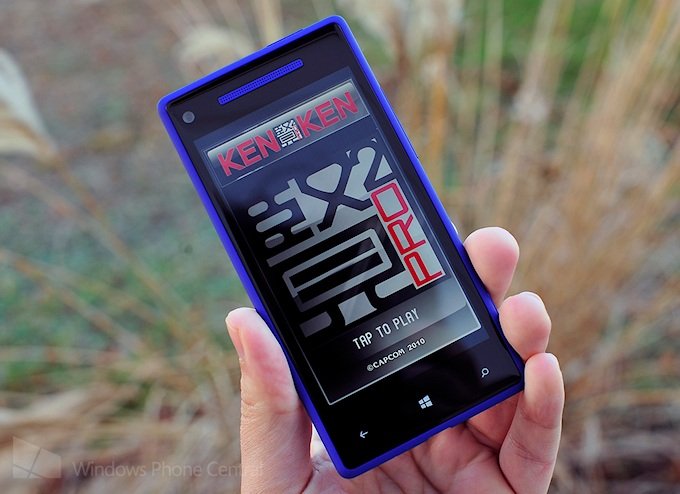
Last year’s free Sudoku game provided a nice little bit of logic puzzling for Xbox Windows Phone gamers, but it hardly had any staying power. The randomly-generated puzzles failed to instill much replay value, as players could easily just finish off the game’s Achievements in a matter of hours with no reason to keep playing. Plus its sparse Metro-style visuals left much to be desired. As such, Microsoft’s mobile platform lacked a logic game with real meat on its bones.
This year Capcom of all companies has stepped in to turn things around. Their first Windows Phone game KenKen provides a very Sudoku-like experience that players won’t finish all in one day. Well, maybe you could beat it in a Martian 36 hour day, provided you don’t have a psychotic episode. The question is: does KenKen justify its relatively lofty price?
Newspaper game on the go
You could be forgiven for not recognizing the game of KenKen. It’s actually quite a popular puzzle in newspapers and such (regularly appearing in The New York Times), much like Sudoku and the word jumble. According to KenKen.com, the game was invented in 2004 in Japan Tetsuya Miyamoto (presumably not related to Nintendo’s Shigeru Miyamoto). He developed it as a learning tool based on the premise that logic puzzles are a good workout for the brain.
Shortly thereafter, toy maker Nextoy caught wind of the game and registered the trademark of ‘KenKen’ in the US. Capcom’s adaptation is officially licensed by Nextoy and also carries the endorsement of Will Shortz, the NY Times crossword editor who has published several KenKen books of his own. All that licensing may not mean much with a relatively obscure property, but it’s always good to do things legitimately.
Rules of the game
Like Sudoku, KenKen puzzles take place in a square grid filled with cells. Here the size ranges from 3 x 3 to 9 x 9. In a 3 x 3 puzzle, each number from 1-3 must appear only once in a horizontal or vertical line; the numbers range from 1-9 in a 9 x 9 puzzle.
Unlike Sudoku, the puzzle doesn’t start with any numbers filled in. Instead, cells are grouped by thick black outlines into cages. Each cage has a clue at the top which must be used to discern the numbers that belong in its cells. Sometimes a cage consists of only one cell with a number in it; these are gimmes that you fill in right away (sort of like the starting numbers in Sudoku). More complex clues have a number and a sign representing addition, subtraction, multiplication, and division. A cage with 2 minus means the numbers must result in a 2 when subtracted from each other, etc.
Both text and video tutorial are included.
All the latest news, reviews, and guides for Windows and Xbox diehards.
As you look over the puzzle and fill in a few values, you’ll also realize that some cells must only contain certain numbers or must not have those numbers. KenKen has a great notes system that makes tracking these possibilities and impossibilities a snap. Just switch to the green pencil took to note what numbers could go in the cell or the red pencil to note numbers that couldn’t. Whether you use one or both pencils is a matter of preference; I only ever use the green one.
After you’ve filled in enough numbers, you’ll often end up with only one blank in a row or column. Assuming the puzzle has been filled in correctly up to that point, you can just ignore the clues and fill in whatever number you haven’t used yet. Thus the end of a puzzle often goes much faster than the beginning.
Brain strain
After selecting a puzzle size, you’ll choose from various difficulty categories. Each one contains at least 10 unique puzzles to solve. Solutions are saved after completion so you can easily share them if you like. My only complaint about the selection interface is that after beating a puzzle, the menu always returns to the top of the puzzle list. It should either return to a spot near the completed puzzle or allow players to simply jump to the next puzzle.
KenKen is much tougher than Sudoku because of the mathematical element. Sometimes it feels like you don’t have enough clues to go on, especially on higher difficulties and more complex puzzles. There is no option to immediately identify mistakes. Rather, if an error exists when the puzzle is completely filled in, the numbers all turn red. You probably won’t know where you messed up at that point, though I’ve been able to step back and discover my mistake on smaller puzzles. At least you can take back and redo every single move made, enabling some intentional trial and error now and then.
Older than it looks?
When KenKen popped up on Windows Phone out of the blue, we rejoiced that major publisher had finally started supporting Microsoft’s mobile OS. After further thought, I’m not sure whether that support will continue or not. You see, KenKen has probably been in development for some time. Unlike virtually every game released this year, it runs fine on WP 7.0 and doesn’t require the 7.5 Mango update. That OS update popped up around September 2011, and by now just about every non-WP8 game and app released supports its all-important Fast App Switching feature.
Since KenKen doesn’t support FAS or require 7.5, we can safely assume that it actually began development prior to September 2011 and only recently passed certification. Capcom could still produce more Windows Phone games, but that long gestation time doesn’t bode well.
Random complaint: the Music Selection option (pictured above) doesn’t seem to do anything since the game has no music. I’d guess it’s a holdover from the previous iOS version that the developers forgot to remove.
Achievements
KenKen’s Achievements won’t endear it with GamerScore fans. To earn them all, you’ll need to complete every single puzzle from 3 x 3 all the way to 9 x 9, including unsigned puzzles, plus one super hard Challenge puzzle. That’s 951 puzzles in all! I actually had a blast working my way through all of the puzzles up to 6 x 6. At that point, they start to get really challenging. Many players will simply find 7 x 7 and up to be impossibly challenging, especially 9 x 9.
Thankfully the puzzles aren’t random, so you can use either a solver or other players’ solutions to finish the game off. The good members of Xbox360Achievements.org are already constructing a list of solutions. Once that’s done, you could easily finish off the puzzles that are beyond your ability in a matter of hours.
Overall Impression
KenKen fills the logic puzzle niche quite nicely. Someone who enjoys these mental workouts could easily spend months working his or her way through all of the game’s puzzles. There’s even some replay value after that since you can always go back and try for better completion times. Admittedly, the puzzles will likely get too hard for most of us eventually, but the community efforts towards listing all of the solutions will get you through if you need the help.
The $4.99 price will seem astronomical to people who don’t really care for this sort of game. After all, you could find these puzzles free on a computer or just use a much cheaper indie game. But other than the lack of FAS support, KenKen is extremely polished and offers a vast assortment of non-random puzzles. True logic puzzle fans will get their money’s worth.
KenKen is only available for Windows Phone 7 devices right now even though it runs perfectly on my Lumia 920. For whatever reason the game was removed from the Windows Phone 8 lineup and hopefully Microsoft catches their error and returns it to Windows Phone 8 soon. Grab KenKen here on the Windows Phone Store.

Paul Acevedo was formerly a Games Editor at Windows Central. A lifelong gamer, he has written about videogames for over 15 years and reviewed over 350 games for our site. Follow him on Twitter @PaulRAcevedo. Don’t hate. Appreciate!

